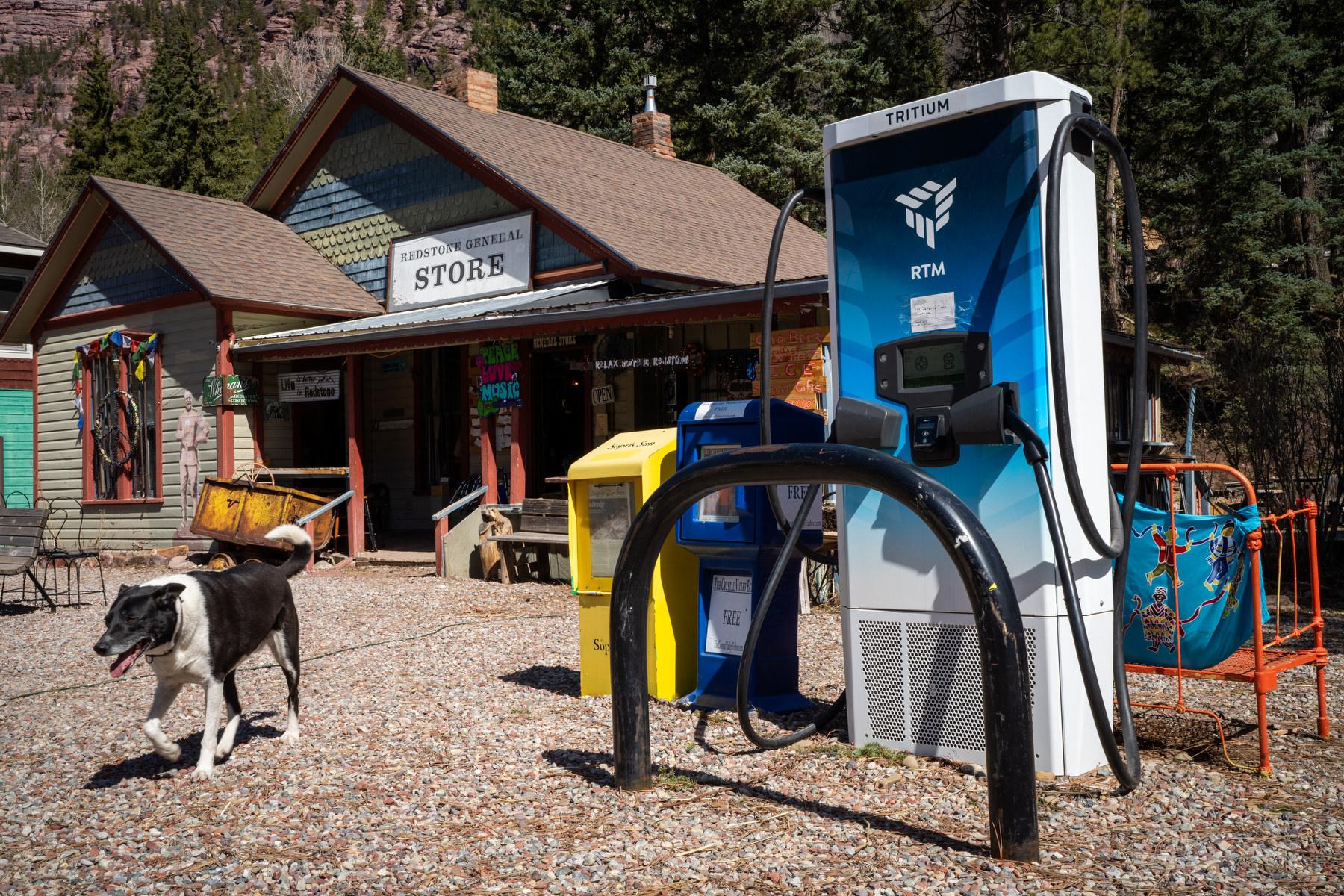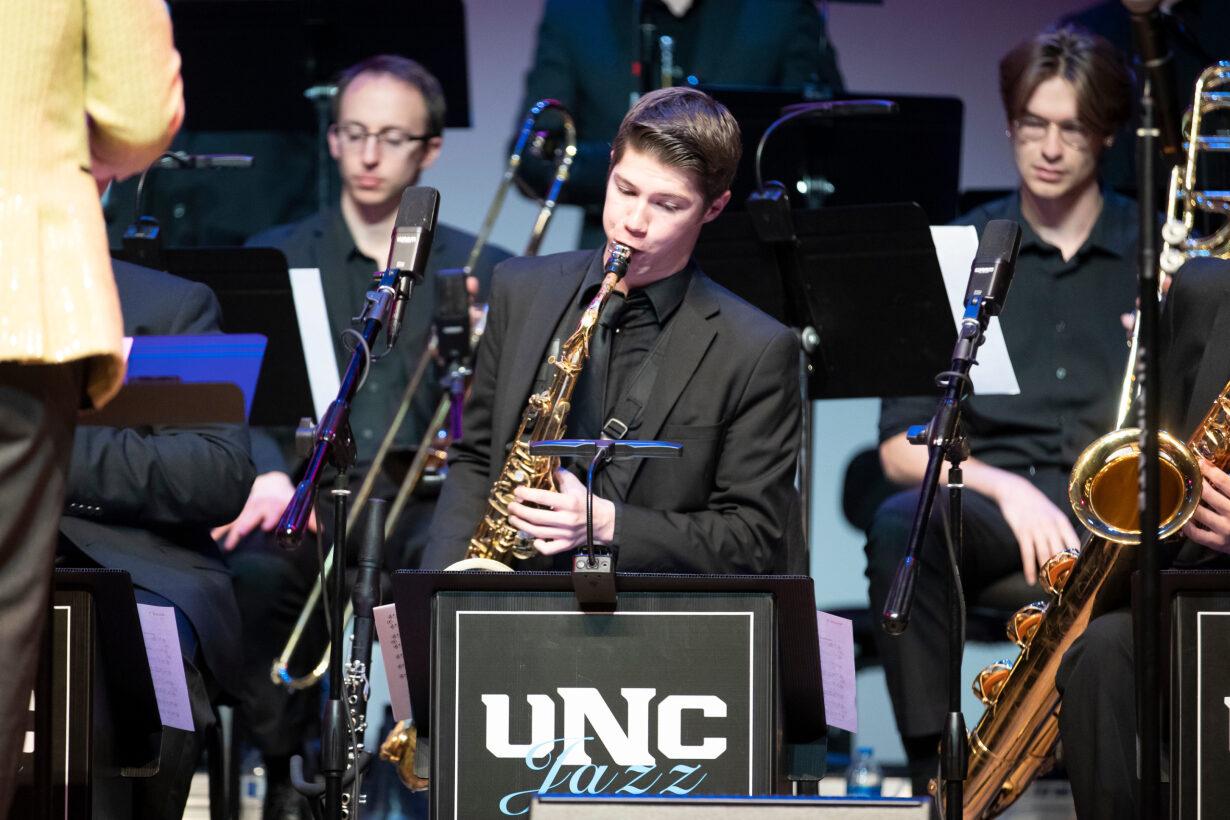Urban forests are considered to be a key part of a sustainable city. They include the trees along streets, in parks, open spaces, backyards, and across the city. For Colorado Springs that’s hundreds of thousands of trees.
The City Forestry division is in the process of creating a strategic vision for Colorado Springs’ urban forest and they want to hear from residents. It's called the Urban Forest Management Plan.
There was originally going to be a public meeting, but in the interest of public health, folks are now encouraged to share their thoughts online.
KRCC’s Abigail Beckman spoke with city forester Dennis Will about the plan and why the urban forest matters.
Click here to share your thoughts and contribute to the city's Urban Forest Management Plan.
Highlights from the interview
On the value of a healthy urban forest, beyond just aesthetics

Initially, the first thought that comes to my mind is the collective value of just the street and park trees. If we were to go out and appraise every single one of them, we estimate that to be just shy of $1 billion dollars, literally $1 billion dollars. That in itself shows me that the trees have an infrastructure value and one that generates other values that you're alluding to — things like air filtration. The entire canopy of the city filters the atmosphere to the tune of $100,000 million a year.
If you start looking at carbon sequestration, wildlife habitat, maybe edible foods that come from our city street trees, energy savings and just the purest athletics of having a beautiful tree look at or a community that has trees — that, even the intangible, is valuable as well.
On the size of Colorado Springs' urban forest and how we got where we are now

We have a huge urban forest and it's fascinating to look at the historical photographs that come from the late 1800s and see that, literally, it was a treeless void. I'm fascinated by an image that shows the original Colorado College building sitting in this empty plain and imagining [General William] Palmer and his staff just putting a stick on the ground to say, "Here. We're going to start a community right here."
So, there's been a 150-year effort to planting the canopy that we see now and it's an amazing thing.
On the work it takes to maintain a healthy, sustainable urban forest

It's a difficult thing, because if you think about that treeless void that Palmer started with, there were very few plants that are native — ponderosa pine, cottonwoods an occasional willow, some shrubs. Most of the trees that you might see as you drive by on the way to home or on your way to work are non-native species.
Our soils are poor; the weather is incredibly difficult; the altitude is difficult; solar radiation is hard on plants. So, you put all those attributes together and it makes it very difficult for non-native plants to grow. But with some care as we've seen, it can be done. You just have to be very highly selective about the plants that you want to grow in your yard.

On what needs to happen to keep the city's urban forest healthy

One of the things that we're working on now that's very important for us is to have a plan. The Urban Forest Management Plan is currently underway [and it's] a guiding document that says, "here's where you're at now, where do you want to go? And then here's how you're going to get there."
The standard that we want to work towards is one that's set up by the International Society of Arboriculture. That international organization says if you want to maintain your community and maintain your urban forest so it's functioning at its highest level, you must touch those trees every three to five or seven years. That touching encapsulates planting, pruning, spraying, fertilizing and removal. And so, you're in essence going from a young tree to a senescent tree through its lifetime, whatever that might be. That standard is rather high to meet and obviously, most communities don't do that.
But you have to start somewhere. We have an urban forest; we started there 150 years ago. We're at the point where we're not touching our trees within that cycle, certainly, but that's a standard that we want to try to meet. And so, the urban forest management plan helps guide us towards meeting those goals.
On what he would like to see for Colorado Springs urban forest in the next few decades

What I would like to see is for the community at large to say, "Yes, the urban forest is something we find valuable. We find it to be something that we should fund, and to make that happen...we enjoy living in an urban forest and this is what we want to charge ourselves, if you will, tax ourselves to make that happen."
Click here to share your thoughts and contribute to the city's Urban Forest Management Plan.
Below: watch a video presentation about the city's Urban Forest Management Plan.
Final UFMP Community Meeting Recording - COS March 2020 from City of Colorado Springs on Vimeo.
The city of Colorado Springs recently completed an assessment of it's urban canopy, read more about it here.
As part of the urban canopy assessment, residents were surveyed on their thoughts about trees. Download and read the full report here.









